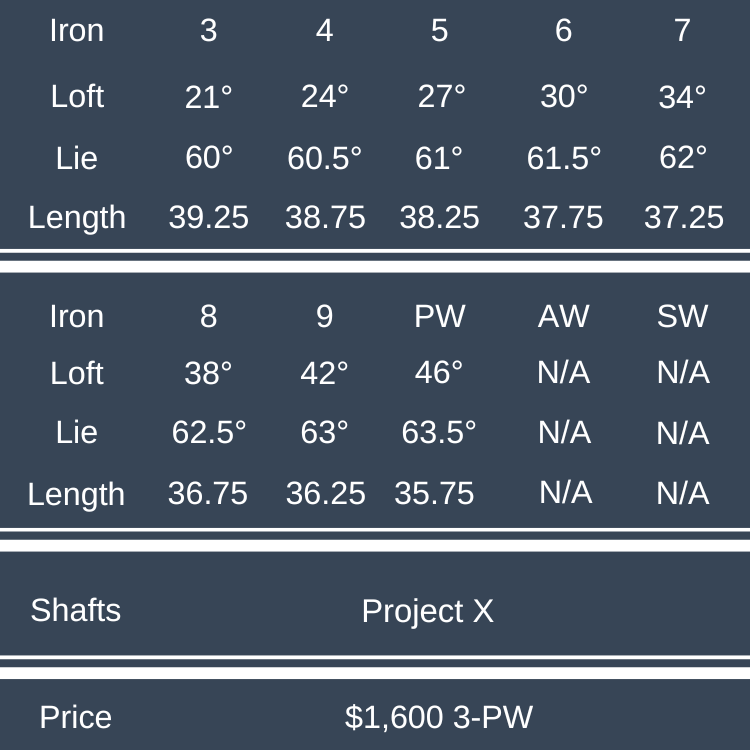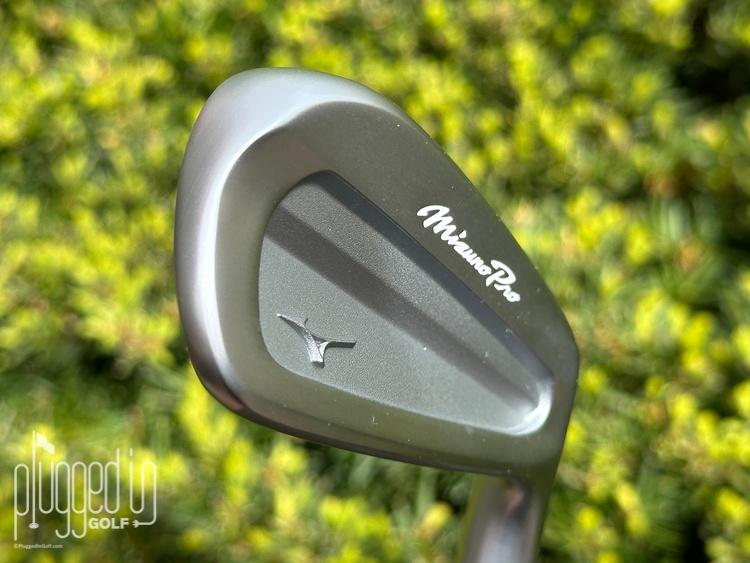50 Words or Less
The Mizuno Pro S-3 irons have a clean, timeless look. Good feel and precise feedback. Plenty of shot control but limited forgiveness. Best for the skilled ball striker.
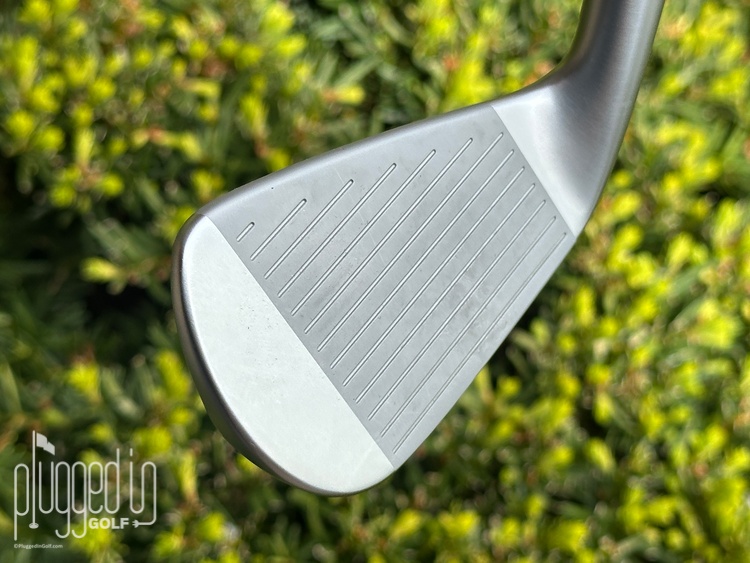
Introduction
Mizuno threw a curveball with their early 2025 releases, opting to let the JPX Tour model fall out of the line up. In its place are the Mizuno Pro S-3 irons. These irons have the clean, classic looks that fuel Mizuno fandom, but is there anything new from a performance perspective? I tested them to find out.
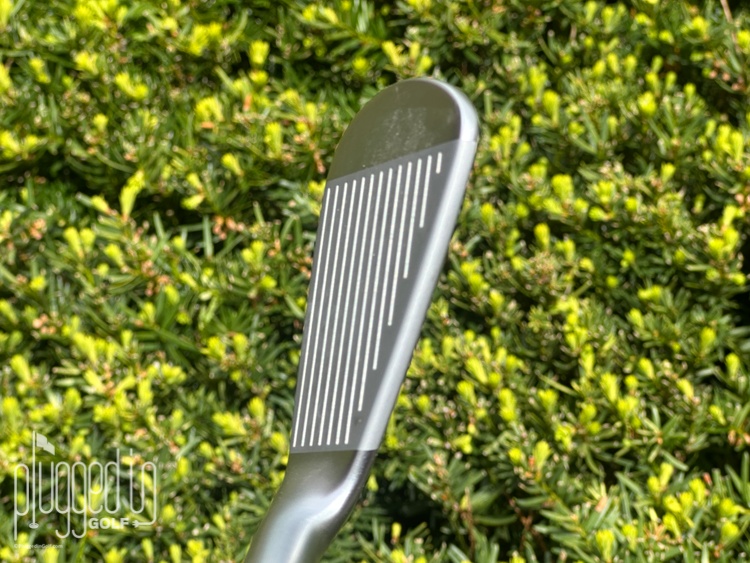
Looks
From every angle, the Mizuno Pro S-3 irons are clean and timeless. In the bag, the cavity is simple with the running bird logo near the toe and two clearly defined levels. A white paintfilled “Mizuno Pro” along the top is the focal point. The clean, horizontal split of the cavity reminds me of the JPX921 Tour [review HERE].
At address, the Pro S-3 is everything a skilled ball striker would want. Per Mizuno the top line and blade length have been “dramatically reduced” – the blade length is fairly similar to the Pro 243 [review HERE] and the top line is 0.5 mm thicker. Both sets are also similar in offset, but where the S-3 has a consistent sole width, the Pro 243 is noticeably thicker in the long irons, a hair thinner in the short irons.
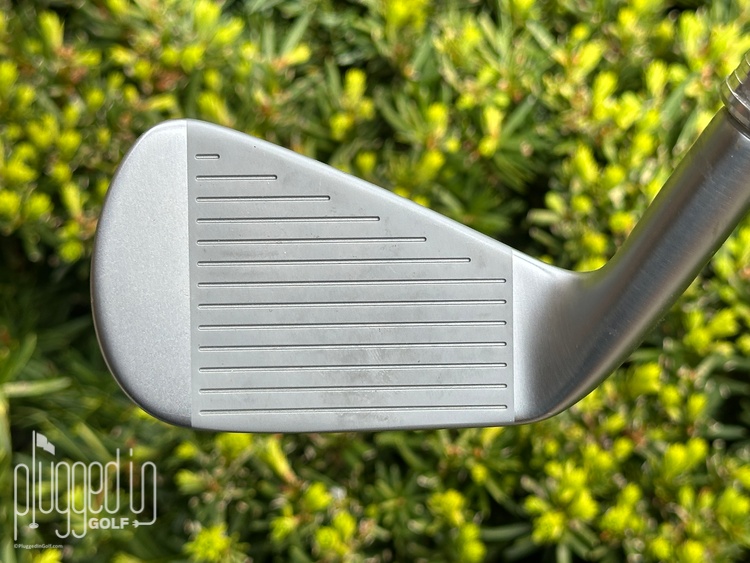
Sound & Feel
While the name has changed, the recipe for the Mizuno Pro S-3 irons is the same as it was for the JPX923 Tour irons [review HERE]. This set is forged from 1025E Pure Select mild carbon steel with a layer of copper underneath the nickel chrome “to provide a further enhanced impact feel.”
Unsurprisingly, the same recipe produced the same results. The feel of impact is medium soft and smooth. “Impact” doesn’t even seem like the right word – it feels more gentle than that. This feeling is enhanced by the quiet “thud” sound.
Feedback from these irons is precise. No one will confuse a quality strike with a mishit. Misses are louder and firmer feeling, and your hands will know exactly where the ball met the face.
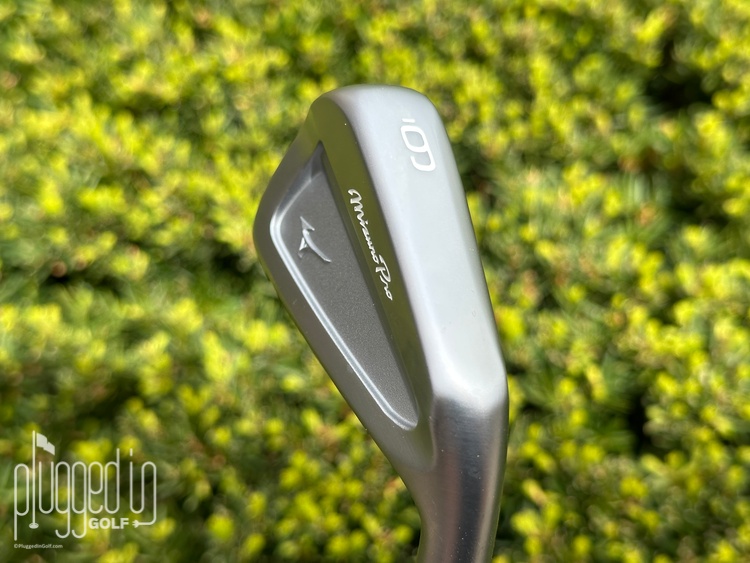
Performance
I will dive into the minutia, but let’s start with the big picture: if you’re not consistently hitting the ball in the center of the club face, the Mizuno Pro S-3 irons are not for you. These are traditional forged cavity back irons. There isn’t anything groundbreaking in terms of technology or performance, but these irons exist because traditional is what some players want.
Starting with the specs, the Pro S-3 irons have the same lofts as the JPX923 Tour. There is one change – the Pro S-3 irons traded out the gap wedge for a 3I. These traditional lofts are about two degrees weaker than the Pro 243 irons. Despite that, they produce good ball speed – smash factors were in the low to mid 1.4s on good strikes.
Surprisingly, despite these weaker lofts, the Mizuno Pro S-3 irons launch the ball on fairly strong trajectories. The spin rates are about average, relative to their loft. Overall, the Pro S-3 produces a slightly stronger trajectory that I would have expected, but it’s still playable for a wide range of golfers. This lower ball flight will help many golfers to produce a bit more distance with this set, at least in the short and mid irons.
Turning to forgiveness, the Mizuno Pro S-3 irons offer no more or less than you should expect from a thin, traditional iron. Small mishits will fall several yards short of pure strikes. Big mishits will miss the green and then some. I found that the Pro S-3 was also inclined to launch the ball fairly low on mishits, which adds an additional distance tax to players who naturally flight the ball lower.
The trade off for this lack of forgiveness and distance is more shot control. In all my testing, I didn’t ever get a surprising result. When I hit the ball perfectly, it ended up exactly where I wanted. I could flight the ball higher or lower and curve it left or right. If you put a premium on shaping shots and earning your good results, you’ll like the Pro S-3 irons.
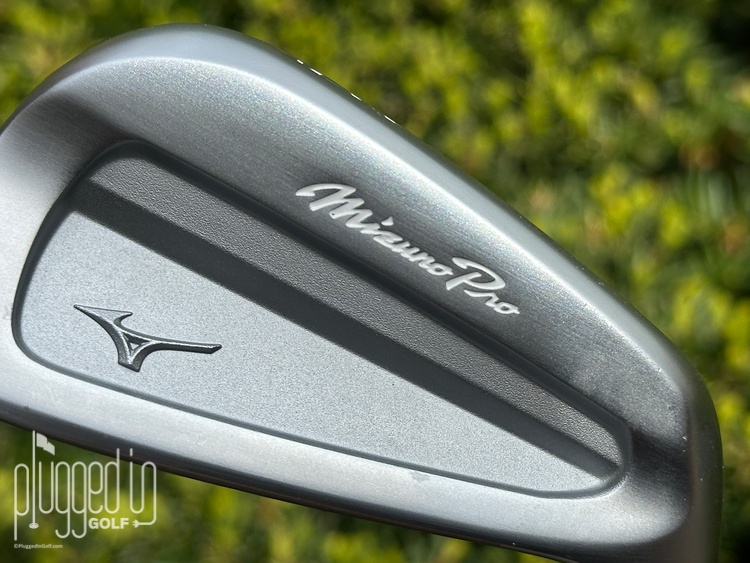
Conclusion
Whether you’re a longtime fan of the brand or a player seeking to scratch the itch, the Mizuno Pro S-3 irons will satisfy you. They deliver the feel that you expect alongside classic looks. These irons aren’t the longest or the most forgiving, but they’ll let skilled players work the ball to the full extent of their abilities.
Support Plugged In Golf, Shop HERE
Mizuno Pro S-3 Irons Price & Specs
